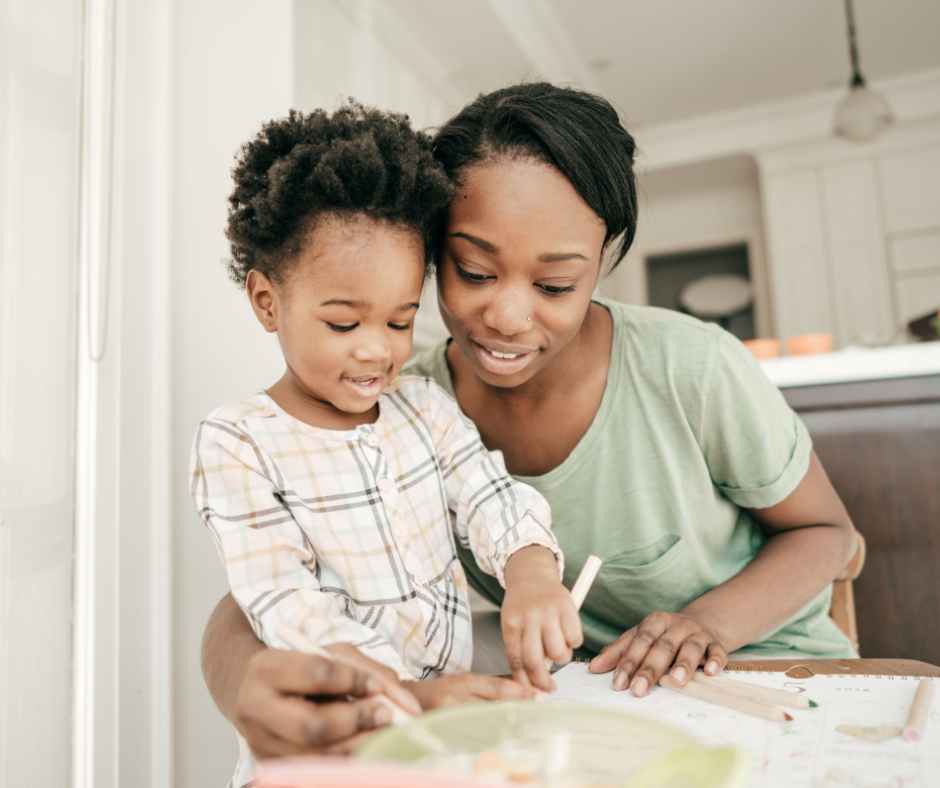How Playtime fuels emotional, social, and cognitive growthPlay isn’t a break from learning—it is learning. From peekaboo to pretend kitchens and backyard obstacle courses, play builds the brain, nurtures emotional health, and teaches the social skills kids use for life. Here’s how.💗 Emotional Growth: Playtime builds confidence and calmTry this: Create a “feelings corner” with …
How Playtime fuels emotional, social, and cognitive growth
Play isn’t a break from learning—it is learning. From peekaboo to pretend kitchens and backyard obstacle courses, play builds the brain, nurtures emotional health, and teaches the social skills kids use for life. Here’s how.
💗 Emotional Growth: Playtime builds confidence and calm
- Emotion naming & regulation: In pretend play kids “try on” feelings (scared dragon, brave firefighter) and practice calming down in low-stakes scenarios.
- Resilience: Small challenges—stacking blocks, balancing on a curb—teach frustration tolerance and the “I can try again” mindset.
- Stress relief: Physical and imaginative play help discharge stress and can lower tension, improving overall mood.
- Agency & mastery: Choosing the game, setting rules, and solving little problems boosts self-esteem and a sense of control.
Try this: Create a “feelings corner” with puppets or emotion cards; act out mini stories where characters feel mad/sad and practice coping (breathing, counting, asking for help).
🤝 Social Growth: Play teaches how to be with others
- Communication & language: Negotiating roles (“You be the vet, I’m the puppy”) expands vocabulary and clarity.
- Cooperation & turn-taking: Board games and block towers require sharing materials, waiting, and planning together.
- Empathy & perspective-taking: Role-play invites kids to imagine another’s thoughts and feelings—key for kindness.
- Conflict skills: Disagreements over rules become practice in compromise, apologizing, and repairing relationships.
Try this: Keep simple cooperative games (parachute, roll-and-move board games) and use phrases like, “What feels fair to both of you?”
🧠 Cognitive Growth: Playtime wires the brain for thinking
- Executive function: Games with rules strengthen focus, working memory, and self-control.
- Problem-solving & creativity: Open-ended materials (boxes, blocks, loose parts) spark planning, testing, and flexible thinking.
- Early literacy & numeracy: Rhymes, songs, and “store” play build phonological awareness, counting, and measurement naturally.
- STEM curiosity: Pouring water, building ramps, or magnet play invites hypotheses, cause-and-effect, and trial-and-error learning.
Try this: Set out an “invitation to play”—a tray with magnets, paper clips, and a magnet wand; or cars, books, and a DIY cardboard ramp—and let curiosity lead.
🎲 Types of Play (all are valuable)
- Free/unstructured play: Child leads; richest for creativity and self-regulation.
- Guided play: Adult sets a goal or environment, child explores (e.g., treasure hunt for shapes).
- Pretend/role play: Scripts social life and emotions.
- Constructive play: Blocks, Lego, forts—planning and spatial skills.
- Physical/rough-and-tumble: Coordination, confidence, and body boundaries.
- Games with rules: Sports/board games—self-control, fairness, strategy.
🗓️ Age-by-age Playtime ideas
- Infants: Peekaboo, mirror faces, rattles, tummy-time songs.
- Toddlers: Stacking, water play, simple pretend (feed the doll), large-muscle play.
- Preschoolers: Dress-up worlds, obstacle courses, building challenges, scavenger hunts.
- School-age: Strategy board games, team sports, maker projects, backyard science.
🧰 Set your home up for play (without buying more stuff)
- Rotate toys so fewer are out—attention goes up, conflicts go down.
- Offer open-ended materials: Boxes, tape, fabric, recycled containers, sticks/stones (supervised).
- Create play “zones”: Cozy reading nook, building mat, art tray.
- Protect playtime: Schedule daily unstructured play; keep one after-school slot device-free.
- Join as a partner, not a boss: Follow their lead, narrate, and ask curious questions (“What’s your plan for this tower?”).
⏱️ A simple “Playtime Menu” for busy days
- 2 minutes: Silly rhyme, high-five game, shadow copying.
- 10 minutes: Build a bridge challenge; kitchen band; teddy-bear vet clinic.
- 30 minutes: Cardboard city; backyard nature lab; living-room obstacle course.
📌 Quick FAQ
- What about screens? Treat them as one of many tools. Prioritize hands-on, people-to-people play; co-view and discuss when you do use screens.
- What if my child plays alone a lot? Solitary play is healthy, especially for focus. Offer chances to invite you or a sibling in, but don’t force it.
🌟 Final Thoughts
Play is the language of childhood. When you protect time and space for it, you’re not “just letting them have fun”—you’re building emotional strength, social wisdom, and a flexible, powerful brain.




